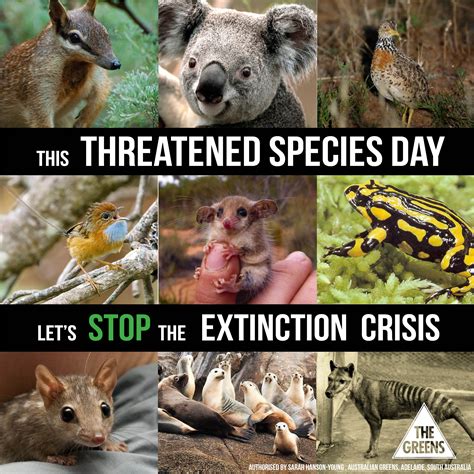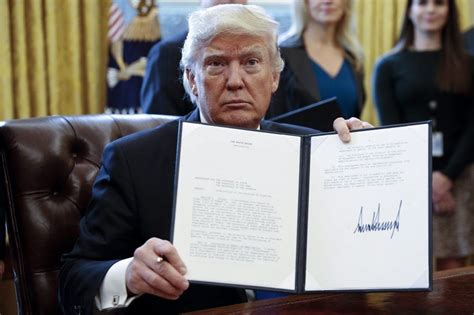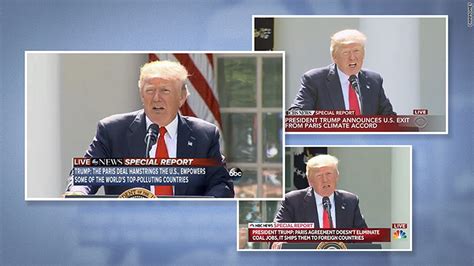Australia’s natural heritage is under siege. From the heartbreaking extinction of numerous mammal species post-colonization to the ongoing collapse of ecosystems across the country, our environment is in crisis. The survival of many species hangs in the balance, with a growing list of threatened wildlife and ecological communities.
In response to this urgent call for action, Labor made a bold promise during the recent election campaign. Federal Environment Minister Tanya Plibersek unveiled their plan – a comprehensive strategy aimed at protecting 110 endangered species and preventing any new extinctions. A ray of hope amidst the prevailing environmental gloom.
Challenges Ahead
However, while Labor’s initiative marks a significant improvement with commendable elements such as emphasis on Indigenous knowledge, clear targets, enhanced monitoring mechanisms, and an ambitious goal to safeguard 30% of Australia’s lands and seas within five years, it falls short in one critical aspect – funding. The allocated A$225 million pales in comparison to the estimated A$1.7 billion required annually for effective conservation efforts.
Conservation is not just about saving individual species; it’s about preserving interconnected ecosystems that sustain life on Earth. As Professor Euan Ritchie aptly puts it, “Our current approach has not been working… If we keep doing what we’ve been doing, we’ll keep getting the same results.” This begs the question: Is Labor’s plan truly transformative or merely scratching the surface?
The Price Tag of Preservation
Saving threatened species demands financial investment. From combating threats like feral animals and habitat destruction to implementing measures like captive breeding programs and habitat restoration initiatives – every step requires substantial funding support. Yet, year after year, conservation efforts have been starved of adequate resources.
The stark reality is that without sufficient monetary backing – approximately one-seventh of what Australia spends on fossil fuel subsidies annually – preservation endeavors will remain hamstrung. Our unique environment should not be treated as an afterthought but rather as a cornerstone of our national identity and prosperity.
Choosing Winners or Saving All?
Labor’s focus on prioritizing certain species for protection raises ethical dilemmas. While their commitment towards rescuing 110 key species is commendable, it inadvertently implies that some wildlife may be sacrificed in favor of others – a false dichotomy between winners and losers in biodiversity conservation.
The notion that safeguarding priority species will automatically benefit other threatened flora and fauna sharing similar habitats overlooks the nuanced interplay within ecosystems where diverse organisms have distinct needs and responses to environmental stressors like fire regimes or habitat alterations.
Policies: Backbone of Conservation
Beyond financial allocations lies the crucial role played by policy frameworks in shaping conservation outcomes. Merely pledging funds without robust legislation governing biodiversity protection risks rendering preservation efforts ineffective. The need for coherent policies aligned across governmental levels cannot be overstated.
Graeme Samuel’s comprehensive review aiming at enhancing laws related to environmental safeguards presents an opportune moment for realigning priorities towards holistic ecosystem conservation rather than piecemeal interventions that fail to address root causes threatening wildlife survival.
Rethinking Land Protection
Proposals like safeguarding 30% of Australia’s lands and oceans signify progress but require nuanced implementation strategies beyond mere land area expansion targets. Preserving degraded landscapes devoid of biodiversity value offers limited ecological benefits compared to conserving richly diverse habitats teeming with life forms unique to Australian ecosystems.
Effective land management involves not just designating protected areas but ensuring active stewardship practices conducive to native flora and fauna flourishing harmoniously within these zones through sustainable resource management approaches tailored towards enhancing ecosystem resilience amid mounting environmental challenges.
As discussions around expanding Indigenous Protected Areas gain traction, questions regarding equitable funding distribution must be addressed alongside recognizing indigenous communities’ pivotal role as custodians imbued with traditional ecological knowledge crucial for fostering sustainable coexistence between humans and nature.
Conclusion:
In conclusion…
Through proactive legislative measures backed by substantial financial commitments…
By weaving together policy reforms with community engagement…
As Australians navigate this critical juncture…
Experts caution against complacency…
Amidst these unfolding developments…








Leave feedback about this